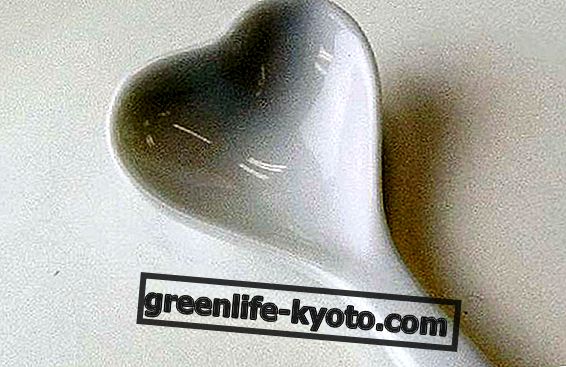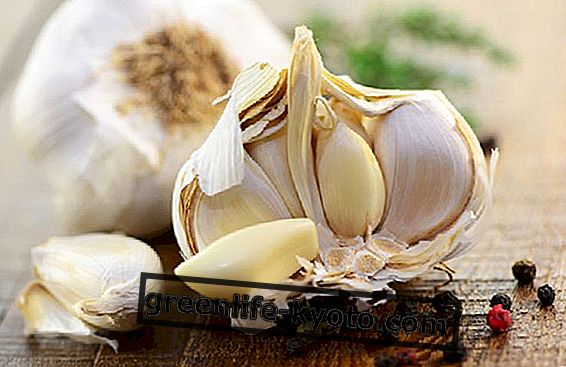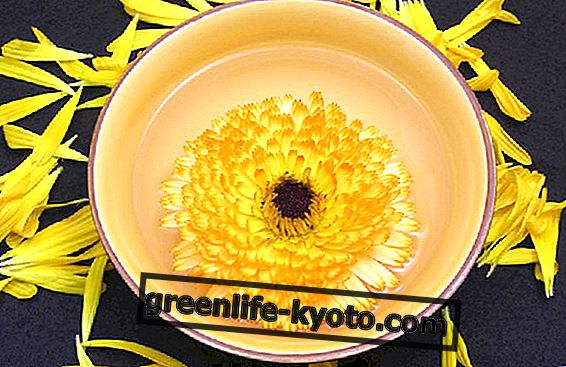
The Harpagophytum (Harpagophytum procumbens) also known as "devil's claw", is a creeping herbaceous plant native to Africa, the pharmacologically active phytocomplex is extracted from its secondary roots.
His curious nickname comes from the existence of real " hooks " that surround the fruit; these, if trampled on by animals or men with bare feet, can penetrate the skin causing the victim to jump several times (just like a "furious", according to African legends).
Uses in Phytotherapy
Secondary root extracts are mainly used for the following treatments :
- bruises with subacute inflammation;
- muscle pain, fibromyalgia, tendonitis;
- cervical pains ;
- gout;
- common arthritis, rheumatoid arthritis, arthrosis;
- rheumatism.
Activities
The phytocomplex contains Arpagoside, Arpagide, and Procumbide ; these natural active ingredients have the following activities:
- anti - inflammatory (like that of common drugs, but which occurs more slowly);
- analgesic (not central but local);
- chondroprotective (protects the articular cartilage from inflammatory degradation);
- hypouricemic (lowers plasma levels of uric acid, very useful for Gotta).
With the same activity with classic medicines, the devil's claw has fewer side effects, however it is recommended on a full stomach.
Other interesting activities of the plant are the following:
- digestive (it stimulates the production of gastric and biliary juices, therefore it can be useful in appetite, in hypochloridria and in gastric atony);
- antipyretic (lowering of body temperature);
- muscle relaxant of smooth muscles (antispasmodic);
- hypotensive (lowers arterial pressure);
- hypoglycemic (lowers plasma glucose levels);
- cholesterol-lowering agent (lowers plasma cholesterol levels);
- cardioprotective and antiarrhythmic.
The forms of administration used in phytotherapy are for oral use (tablets, capsules, ...) but also for external applications (creams, tinctures, ...)
Side effects
Undesirable effects in oral use are dose-dependent and mostly concern transient gastrointestinal discomfort .
Contraindications
The harpagofito should not be used in the following cases:
- pregnancy (it is a stimulant of uterine contractility);
- breastfeeding (not suitable for pediatric use);
- age less than 12 years (some studies indicate 18 years);
- gastritis, ulcers, gastroesophageal reflux;
- gallstones;
- anticoagulant therapy (sum of the effects: risk of bleeding);
- therapy with hypoglycemic agents in diabetics (sum of the effects: it would lower the blood sugar too much);
- therapy with classic anti-inflammatory drugs (sum: risk of gastrolesivity);
- therapy of hypertension (sum of hypotensive effects);
- therapy with antiarrhythmics;
- hypotension (the harpagophytum lowers the pressure).













